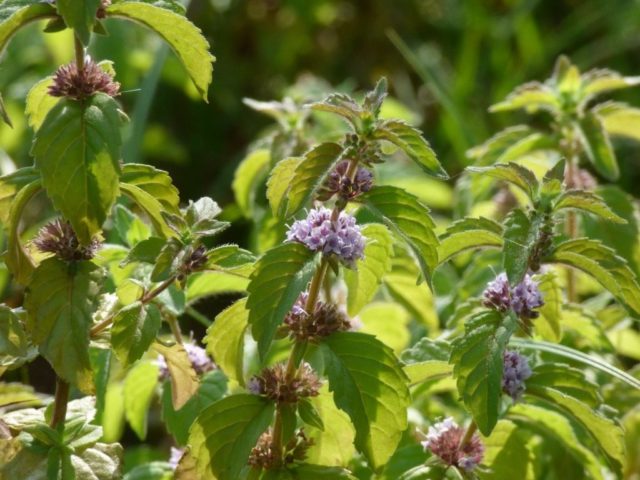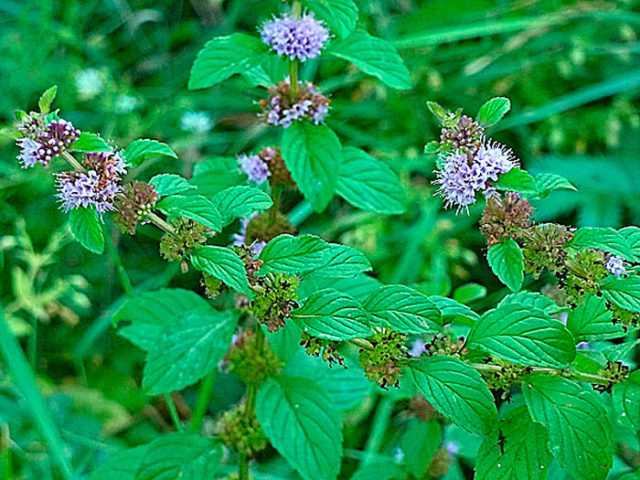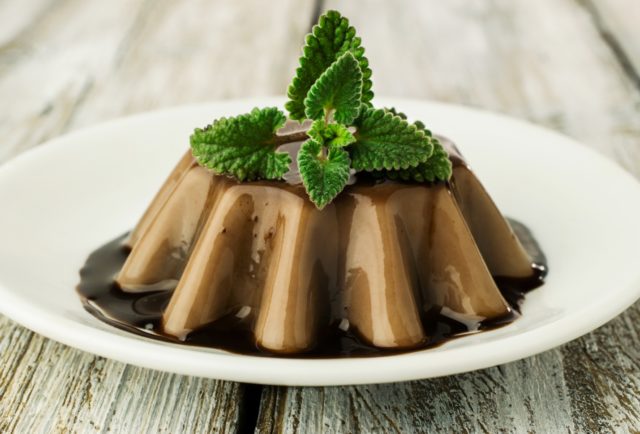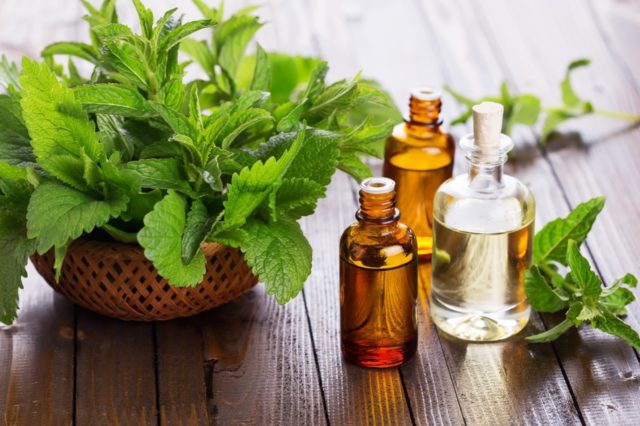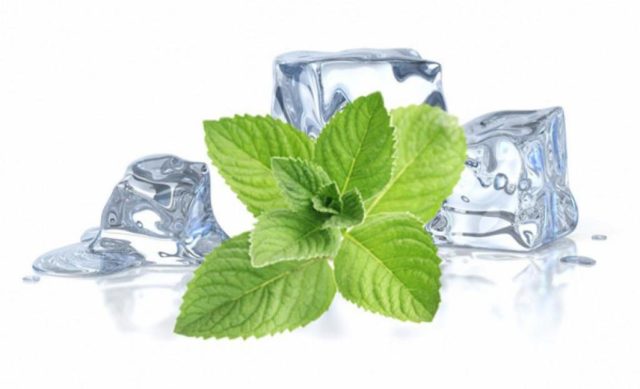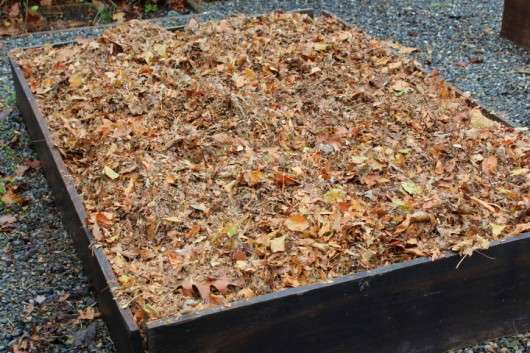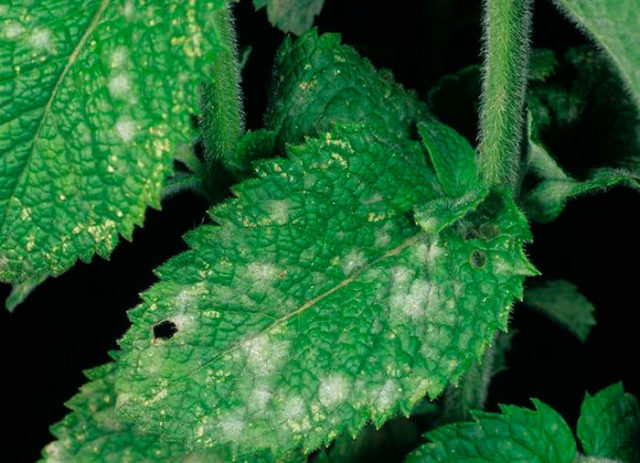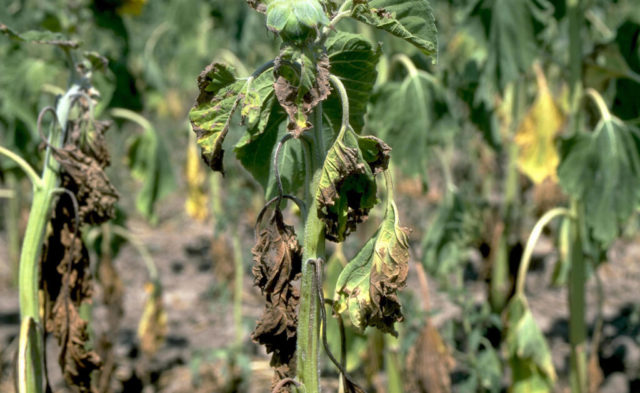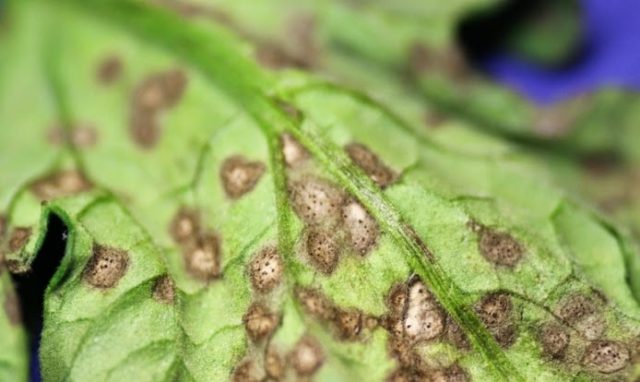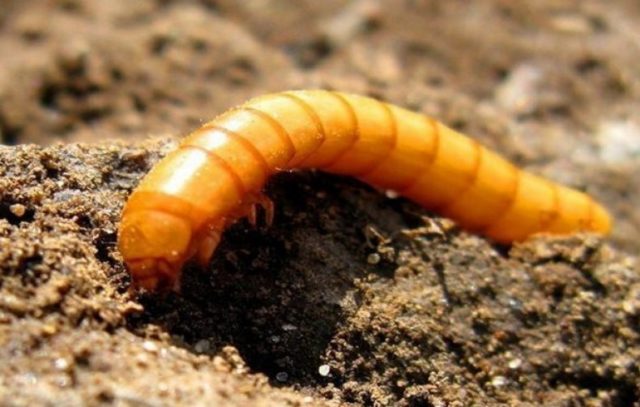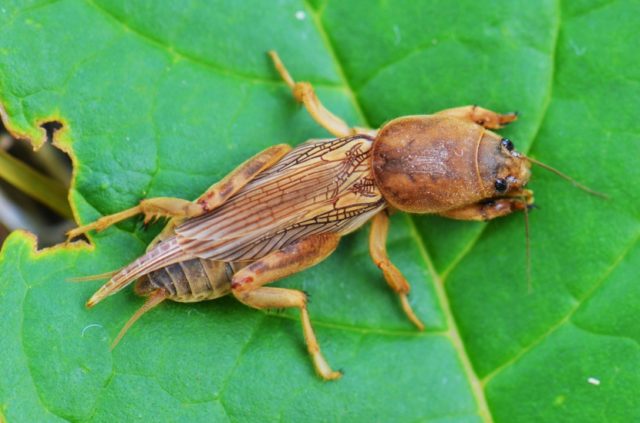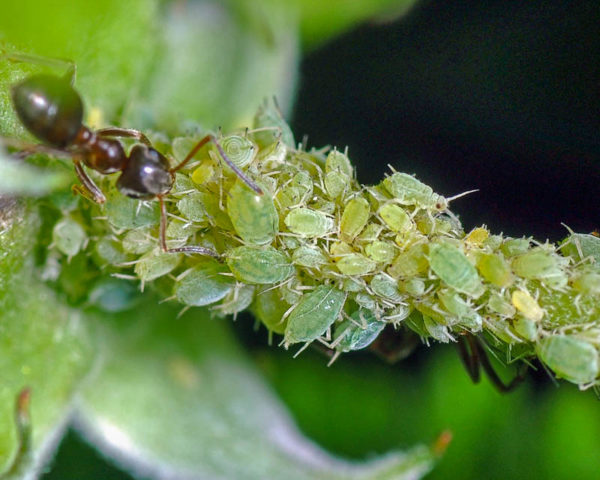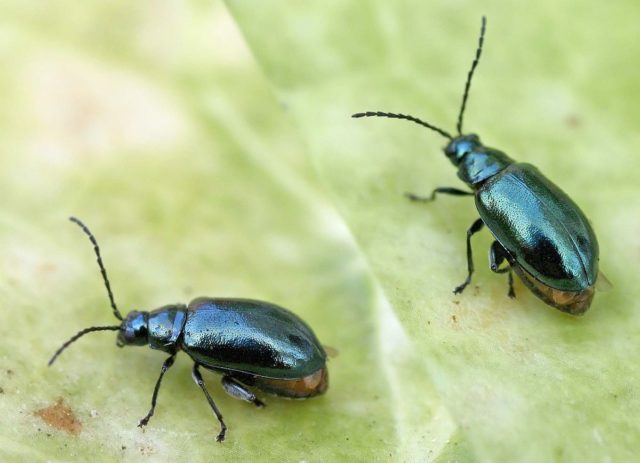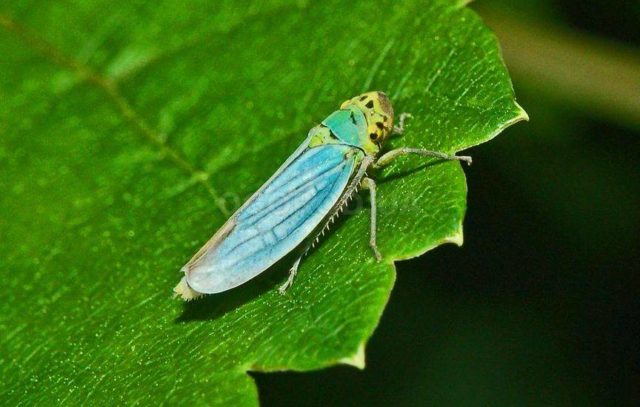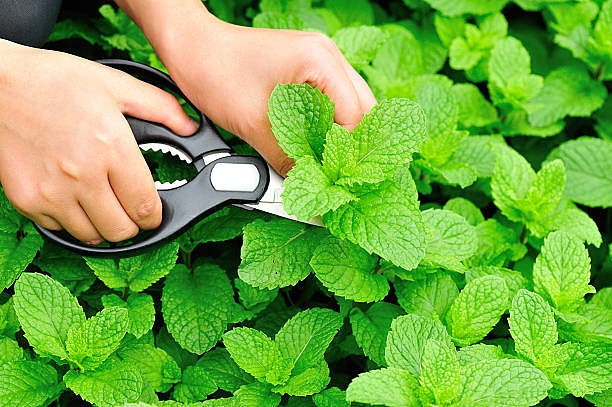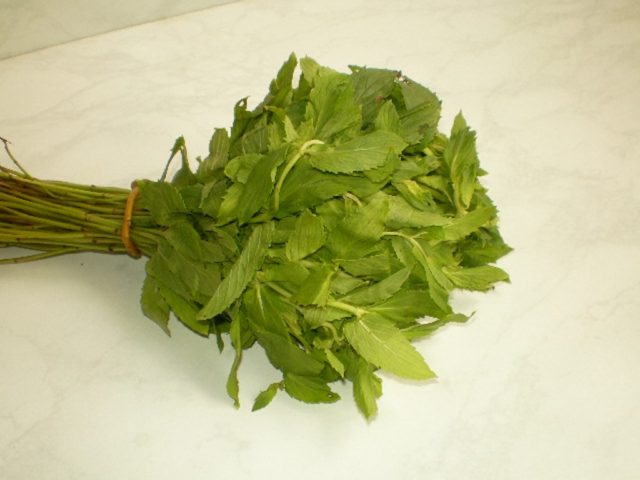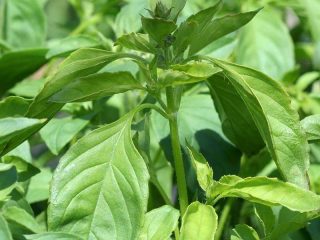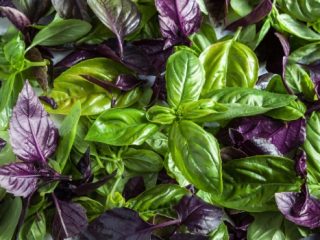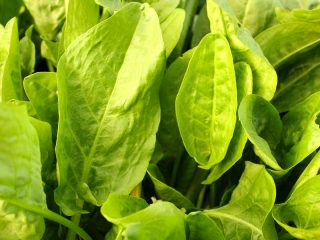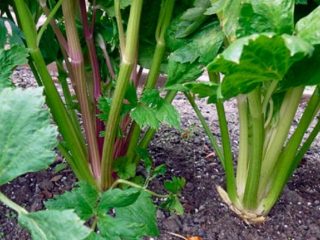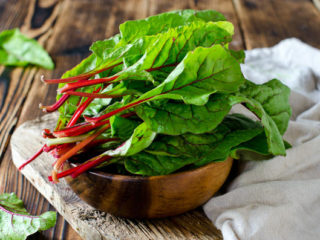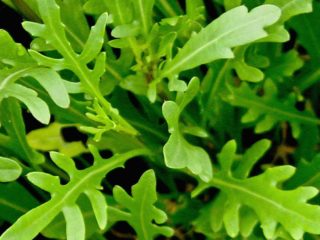Content
The genus Mint, which includes field mint, or meadow mint, has about two dozen independent species and approximately the same number of hybrids. Because of their distinct, pleasant aroma, many of these plants are used as spices. However, the range of their uses is not limited to cooking. Due to its many beneficial properties, many types of mint, including meadow mint, are widely used in folk medicine, as well as in cosmetology.
Description of field mint
Field mint, or meadow mint (pictured below) is a perennial herbaceous plant of the Lamiaceae, or Lamiaceae family.
Here are its main characteristics:
- Root. Tree-like, creeping, superficial, with a small lobe of adventitious roots.
- Stem. Prostrate, branched, straight.It is usually light green, sometimes reddish in color. Completely covered with small downward-facing hairs, so it looks velvety. The stem length of an adult plant is usually 0.5-1 m.
- Leaves. Oval-elongated or ovate-elongated, with a sharp tip and an uneven serrated edge. Light green, with a short petiole and clearly readable veins, up to 7 cm long and up to 3.5 cm wide. On the leaves in the upper part of the plant, the petiole may be completely absent.
- Flowers. Small, purple, sometimes with a pinkish tint, calyx 2-4 mm, bell-shaped. The flowers are collected in inflorescence-whorls on pubescent pedicels.
Meadow mint (pictured below) begins to bloom in June and continues until October.
In place of the inflorescences, from August to October, coenobia - fractional nut-shaped fruits - ripen.
Where does meadow mint grow?
Wild field mint has a large distribution area, covering the European part of Russia, as well as Western and Eastern Siberia. This plant is found in Europe, the Caucasus, and also in Central and Western Asia. The main places of growth are floodplains of rivers, meadows, coastal zones of lakes, ponds, and channels. Found in wetlands.
The use of mint in cooking
The culinary use of field mint is due to its strong specific aroma, as well as the refreshing effect that occurs in the mouth after its use. In cooking, both fresh mint and dried herbs are used, either alone or mixed with other spices.
What is the aroma of meadow mint?
Field mint has a pronounced aroma due to the large amount of essential oils included in its composition.It contains the following aromatic substances:
- Menthol.
- Citral.
- Karvon.
The aroma of field mint is a subtle smell of freshness and greenery, it is pleasant and unobtrusive.
Where can you add field mint?
There are many recipes for various dishes that include mint in one form or another. Most often it is used for the following culinary purposes:
- As a spice in the preparation of various fish and meat dishes.
- Fresh herbs are used to decorate portions.
- As one of the ingredients in fruit or vegetable salad.
- For preparing soft drinks.
- For home canning of berries and fruits, sometimes vegetables or mushrooms.
- When preparing compotes, mousses, jellies or fruit drinks.
- As an ingredient in winemaking, as well as for decorating alcoholic cocktails.
Medicinal properties of field mint
Peppermint tea is not only a tasty drink with an excellent aroma. The substances contained in the plant have many beneficial properties. Photos and descriptions of mint, as well as methods for its preparation, can be found in many books on traditional medicine.
Application of meadow mint
Most often, a decoction or infusion of field mint is used for medicinal purposes; fresh herbs are used less often. In the perfumery and cosmetics industry, an extract from mint essential oil – menthol – is used. It is used to produce medicines and hygiene products.
In folk medicine
Since ancient times, people have noticed that mint decoction has a sedative effect. In folk medicine it is used for the following purposes:
- Relief of nervous excitement, as a sedative, relaxant and hypnotic.
- Mint decoction is an antiseptic; it can be used to wash wounds and make lotions.
- Field mint is brewed for inhalation in the treatment of colds.
- The decoction can be used as a means to lower blood pressure and also as a pain reliever.
- Mint is also used as a choleretic agent for liver diseases.
- A decoction of mint normalizes the functioning of the gastrointestinal tract.
- A mint flower, if chewed and applied to the gum, will soothe a sore tooth.
In cosmetology
The antiseptic properties of mint decoction are widely used in cosmetology. This is an excellent hygiene product. A decoction of this herb is used as a mouth rinse to improve the general condition of the gums and relieve inflammation. They wipe the skin of the face with it to cleanse and treat acne. Rinsing your hair with mint infusion normalizes its condition, improves its appearance, and reduces fragility.
In pharmacology
Menthol, contained in field mint, is included in many medicines, for example, a drop of Zelenin, Validol, Valocordin, etc. The concentration of this substance in the green part of the plant can reach 2%.
In terms of this indicator, field mint is far from a record holder; in peppermint or menthol the content of this substance is even higher.
Restrictions and contraindications
Despite the numerous medicinal properties of mint, it also has contraindications, so it is not recommended for certain categories of people.The calming and relaxing effect of this plant negatively affects male libido, reducing desire and weakening potency. A serious contraindication to the use of mint is low blood pressure. A decrease in the tone of venous vessels, which occurs when using an infusion or decoction, leads to an exacerbation of another disease - varicose veins.
Meadow mint, despite all its beneficial properties, is contraindicated for women of reproductive age who suffer from infertility or have problems conceiving a child. It is also not recommended to use it if you have excessive drowsiness. Young children should take decoctions of meadow mint with caution, and under 3 years of age it is better to avoid its use completely.
Landing rules
It is quite easy to plant mint in your garden. To do this, you need to purchase seeds or dig up part of a wild plant. Any well-lit place with loose, breathable soil is suitable for growing. To prevent the plant from spreading around the garden and turning into a weed, its roots must be kept from spreading. To do this, a bed of field mint needs to be fenced off, for example, with iron strips, digging them to a depth of 15-20 cm. You can use old pots, buckets, or any other containers to grow this plant, digging them into the ground at the same level as the bed.
You can plant or propagate field mint in your garden plot in the following ways:
- Seeds. They can be collected in September-October from faded mint bushes in the wild. In the spring, they can be sprouted at home, and when the weather warms up, they can be planted in open ground.
- Cuttings. To do this, cut off the top of the young shoot at a height of 10-12 cm and place it in water.After about 2 weeks, the cuttings will form their own root system. When the roots grow to 2-3 cm, they are planted in beds.
- Root cuttings. The climbing, strong roots of field mint contain a large number of dormant buds. Root cuttings 10-12 cm long with several dormant buds are harvested in late summer or early autumn. For the winter, they can be planted in pots, and when the weather warms up, they can be transplanted into beds.
- Dividing the bush. In the wild, a mint bush can be dug up entirely and transplanted to the site, but in this case it will be difficult to determine its age. With each subsequent year, the quality of mint deteriorates, the greens become coarser. Therefore, it is better to divide the bush into several parts so that each division contains both roots and shoots of the plant.
Features of cultivation
The first time after planting, the bushes need to be watered regularly, but after rooting, the frequency of watering should be reduced and this issue should be guided solely by the weather. Excess moisture is more likely to harm plants. The soil must be regularly cleared of weeds and loosened to a shallow depth so as not to damage creeping surface roots. Field mint does not require fertilizing, but a small amount of fertilizer will not hurt. In spring and summer, you can use complex mineral compositions, and from organic matter - slurry.
Field mint is a perennial plant with good frost resistance, so before winter no special measures are taken to cover it. It will be enough to cut the bushes at a height of 8-10 cm and cover them with fallen leaves.
Pests and diseases
The greatest danger to field mint is represented by fungal diseases that develop under conditions of sharp temperature fluctuations and high humidity. To avoid this, gardeners recommend completing all harvesting activities before the cold morning dew begins to fall. Here are the most common diseases of this plant:
- Powdery mildew. A white spore coating appears on the leaves, which quickly turns black. The plant rots and dies.
- Rust. Identified by the reddish-brown spore pads that ripen on the underside of the leaves. The affected parts of the plant wither. The cause of rust is often an excess of nitrogen-containing fertilizers, as well as a large amount of fresh organic matter introduced.
- Verticillium wilt. Caused by soil fungi. The affected plant begins to dry out and die from the top due to the fungus entering through the root system.
- Septoria. It appears in the form of rounded dark spots on the leaves, which grow and lead to rotting of the entire plant.
To prevent the occurrence of fungal diseases, it is recommended to deep plow the area before planting mint, and also treat it with a 1% solution of Bordeaux mixture.
Mint plantings may be subject to pest invasion. Here are the main ones.
- Wireworm. Larva of a click beetle living in the ground. The wireworm looks like a tough white caterpillar with a brown head. Moving in the soil, the insect eats the roots of plants.
- Medvedka. A fairly large insect that lives in the ground and feeds on plant roots.
- Aphid. A microscopic insect that feeds on plant juices. Large colonies of aphids can kill plantings.
- Peppermint flea. A beetle that feeds on leaves and young shoots of a plant.
- Cicadas. Small sucking insects that feed on juices.
It is not advisable to use chemicals to control pests. As a last resort, this can be done, but only in case of large insect populations and no later than 1 month before the breaded harvest. It is much safer to use folk remedies - infusions of garlic, celandine or hot pepper.
When and how to collect field mint
Before flowering, the concentration of aromatic substances in mint leaves reaches a maximum. This is the optimal time for harvesting. In many regions this time falls around mid-July. Field mint can be harvested either in whole bushes, cutting and tying them in bunches, or in individual leaves.
A video about harvesting mint can be viewed at the link below:
How to properly dry field mint
Harvested plant materials for drying should be laid out in a dry room with good air exchange. This could be the attic of a house or a terrace, a canopy or a gazebo. At the same time, the leaves should not be exposed to direct rays of the sun, in which case they will turn black and become unfit for consumption.
The cut leaves are laid out in a thin layer on sheets of plywood or cardboard. It is necessary to periodically control their humidity; if the layer thickness is significant, it is necessary to stir it up, preventing caking, otherwise there is a high risk of mold development.
Dried leaves of field mint easily break off from the stem and have a characteristic rustling sound.To prevent the plant from losing its unique aroma, it should be stored in a closed glass container with tightly ground stoppers. You can also use clay or ceramic dishes with secure lids. Under such conditions, dried field mint does not lose its properties for up to six months.
Conclusion
Field mint is found quite often in the wild, so few gardeners grow it artificially. However, if necessary, this is quite easy to do. Field mint is unpretentious and grows well even with minimal care. However, it must be remembered that the bushes grow greatly over time, capturing more and more new territories, so without proper care, field mint can become a real weed.
